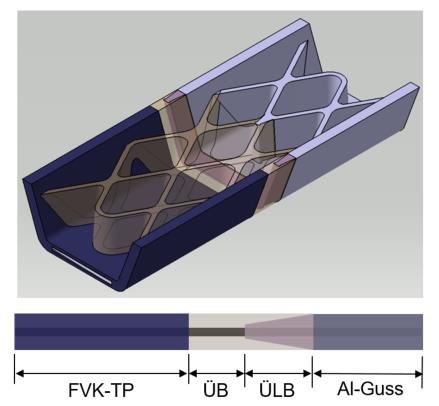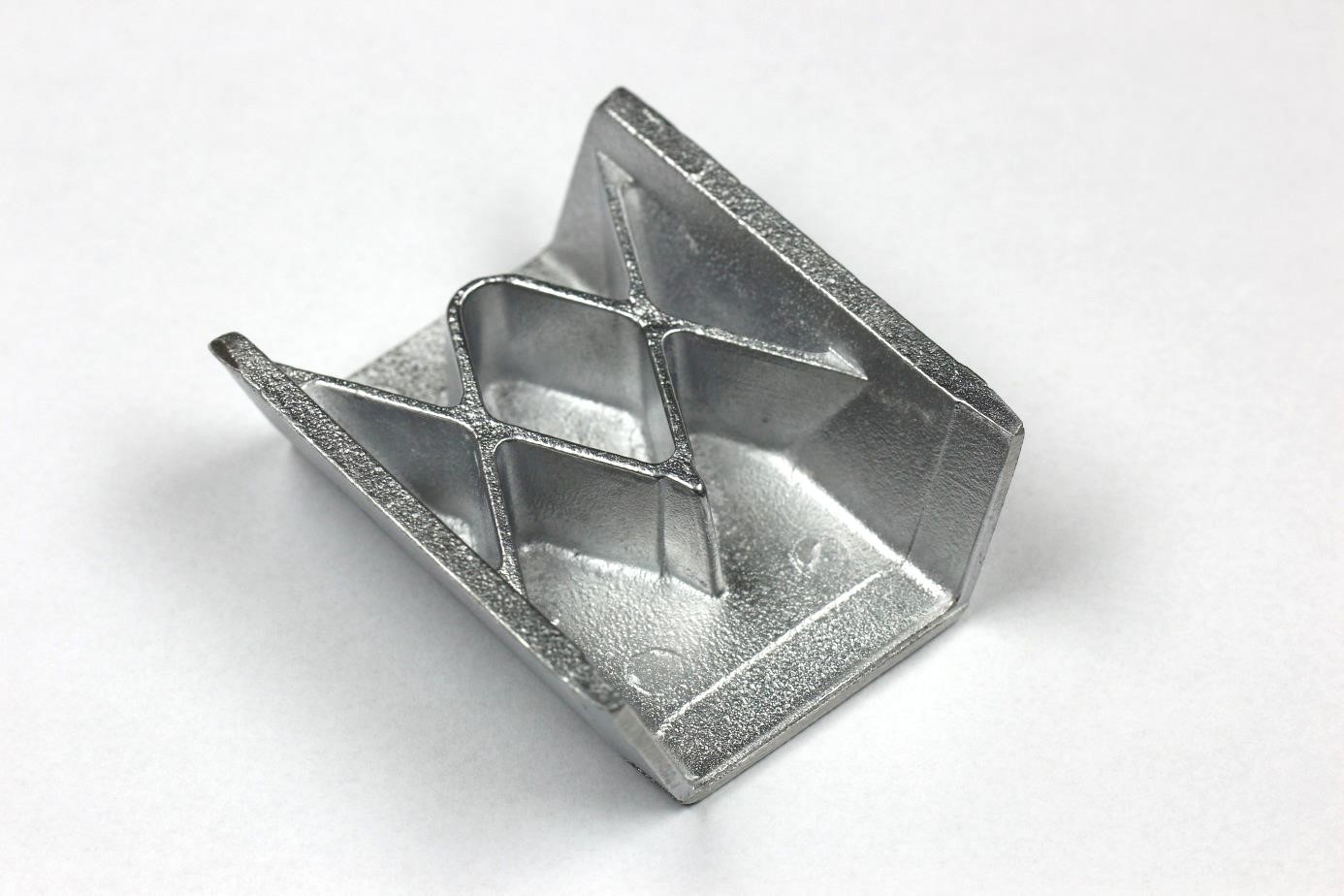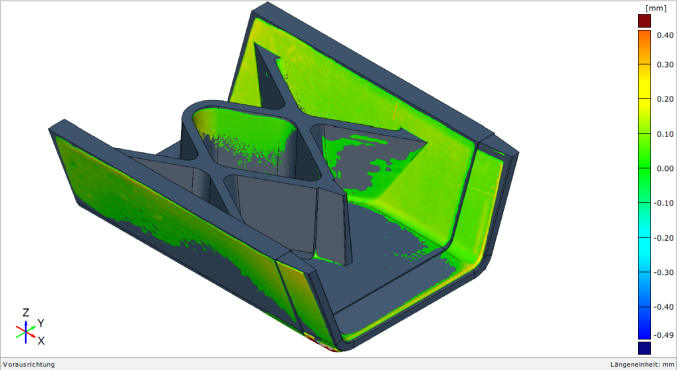Development of a structural crash-relevant metal-FRP assembly for passenger cars



In the "EnTraHyb" project, a load-bearing, crash-relevant metal-FRP assembly for passenger cars is being developed in cooperation between the Fraunhofer Project Center Wolfsburg and the Technical University of Braunschweig. Semi-finished glass fibre products are processed as a transition structure between an aluminium cast node and a thermoplastic fibre composite material produced by injection moulding and hot-pressing to form a hybrid demonstrator structure that is suitable for force flow.
In automotive body construction, metallic components such as sheet steel variants, aluminium structures and cast aluminium are of particular relevance. The multi-material mix with conventional materials and fiber composites, on the other hand, enables an unsurpassed high potential for lightweight construction. In order to fully exploit this potential, new process technologies are required to manufacture hybrid components. In the EnTraHyb project, the main goal is to produce a new type of hybrid demonstrator component. The demonstrator was used to investigate the interactions between different processes and technologies for its manufacture.
To produce the demonstrator, semi-finished glass fibre products were integrated into a casting node and partially encapsulated by aluminium melt in a low-pressure casting process. For this purpose, small samples were first produced and tested in an experimental tool. Based on this, a tool for producing the cast nodes in two different versions was developed and manufactured. By means of an interchangeable insert, it was thus possible to produce components with casting ribs and without casting ribs and to introduce fibres directly into the aluminium during the casting process.
In a subsequent process step, the non-infiltrated fibre semi-finished products shielded from aluminium were formed with thermoplastic semi-finished products in a hot pressing process and consolidated to form a fibre composite material. Special attention was paid on the one hand to near-net-shape shaping directly in the pressing process and on the other hand to the implementation of the pressing process with hybrid structures.
In a third process step, the transition zone between the aluminum casting and the fiber composite material was produced in an injection molding process and a ribbed structure was simultaneously applied to the hybrid component. Various surface treatments were tested to improve the adhesion between the cast aluminium surface and the thermoplastic material. For example, the application of an adhesion promoter, chemical etching or surface structuring by laser was investigated. By using laser structuring, the bond strength between aluminium and plastic was significantly improved. The non-infiltrated semi-finished fibre products in the transition area were infiltrated with plastic and the infiltration behaviour was investigated as a function of the fibre layers in injection moulding. In order to fulfil the feasibility of series production, the investigation of automatable process sequences was carried out in parallel.
The project was accompanied by a simulation-supported component design and optimisation, the investigation of the failure behaviour and the mechanical materials testing of the hybrid structures. The recyclability of the hybrid components was investigated to map the entire life cycle.
 Fraunhofer Project Center Wolfsburg
Fraunhofer Project Center Wolfsburg